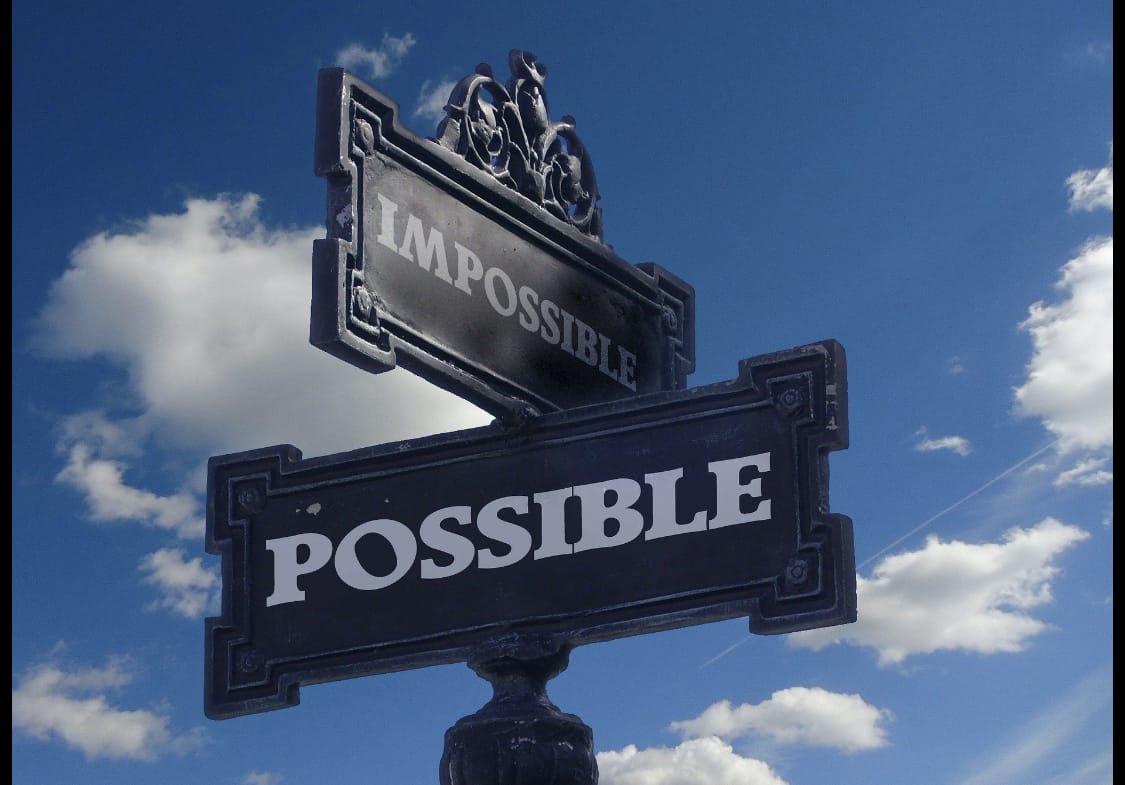There’s creativity in math?
Actually, there is–and science and business and…
People often think that if they aren’t part of the arts community, they don’t have any business being creative. While creativity is an integral part of the arts, it is actually beneficial for all fields, which is why educators advocate a well-rounded academic curriculum which includes the arts and arts funding (I can’t stress this enough, really–fund arts education!).
Math, science, engineering, and business involve problem solving. They require the ability to switch between convergent and divergent thinking in order to produce innovative ideas.
When we think creatively, we surround ourselves with the freedom of possibility.
As we’ve discussed before, creativity is something that can be taught and must be nurtured. The road to creative thinking, especially if we aren’t used to it, can be filled with self-doubt. We often question our ideas and quickly choose the first one that pops into our head. Psychologist Dr. Adam Grant says that we should give ourselves more time to brainstorm ideas and come up with our “aha moments.” We need to be patient with ourselves and the creative process–that is what often leads to innovative thinking. He notes that moments of self-doubt don’t have to be negative. Often, they are the impetus for pause that open our minds to possibilities. The importance is to not freeze at the moment of self-doubt, but instead, use it as a tool to move forward through the process.
Curious what coaching can do for you?
Schedule your free 30 minute discovery session to find out if coaching is right for you.
The psychology of possibility
Dr. Ellen Langer’s fascinating research has led to the idea that our mindset and openness to possibility can have effects on our mental and physical health. One of her earliest and most famous studies involved two groups of older men who were dropped off in a monastery in the 1980s. Both groups were surrounded by nostalgic relics of the 50s (e.g., vintage radios and tvs, 50s newspapers, etc.). The difference was that the experimental group was asked to fully immerse themselves in the 50s–to pretend that they were young men living in the era and to speak of that era as the present. The other group was asked to keep their mindset in the 1980s and simply reminisce about the past. Both groups showed improvement in cognitive and physical tasks, but the experimental group (i.e., the immersed group) showed significantly greater improvement. Their bodies reacted as if they were, indeed, younger. Read more about her other studies here, including her book on becoming an artist.
Mindset and mindfulness opens us up to the psychology of possibility
No matter what your field, there is always room for creative thinking. In fact, sometimes the most creative ideas come from constrained environments because we are forced to think outside the box, leaving our self-doubt and inner critic at bay. Embrace the psychology of possibility, and open yourself to richer experiences.








